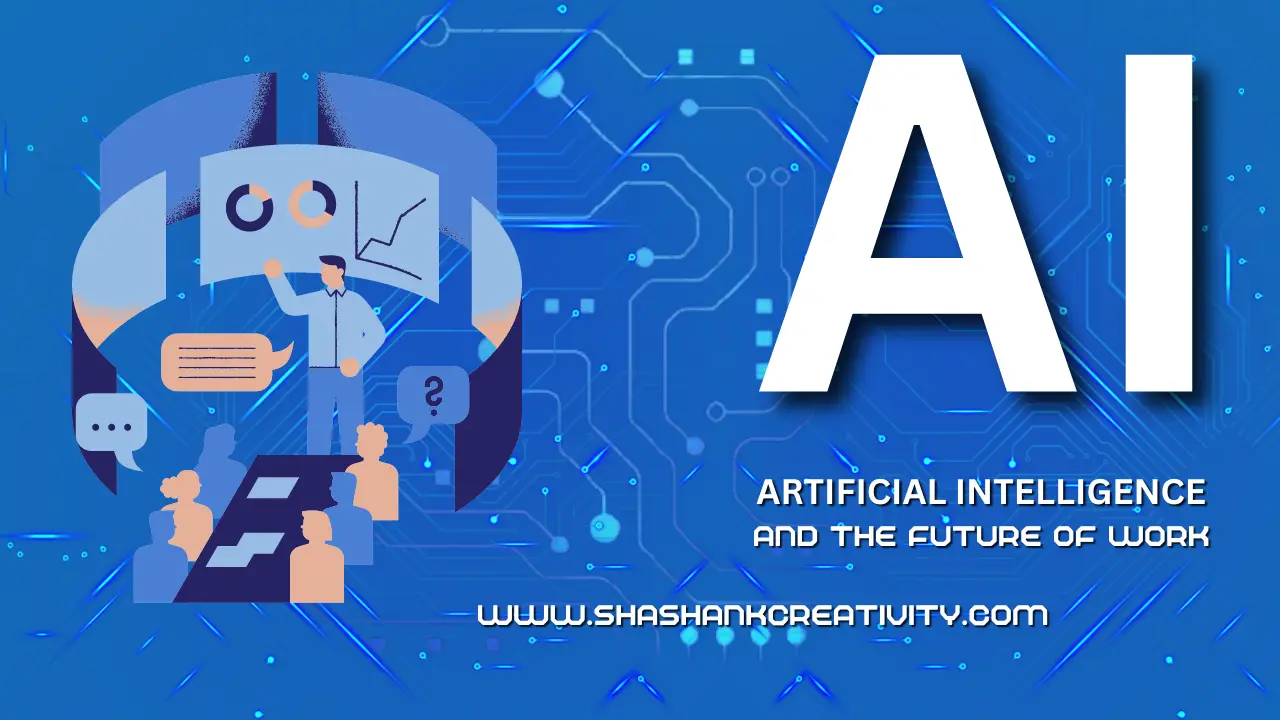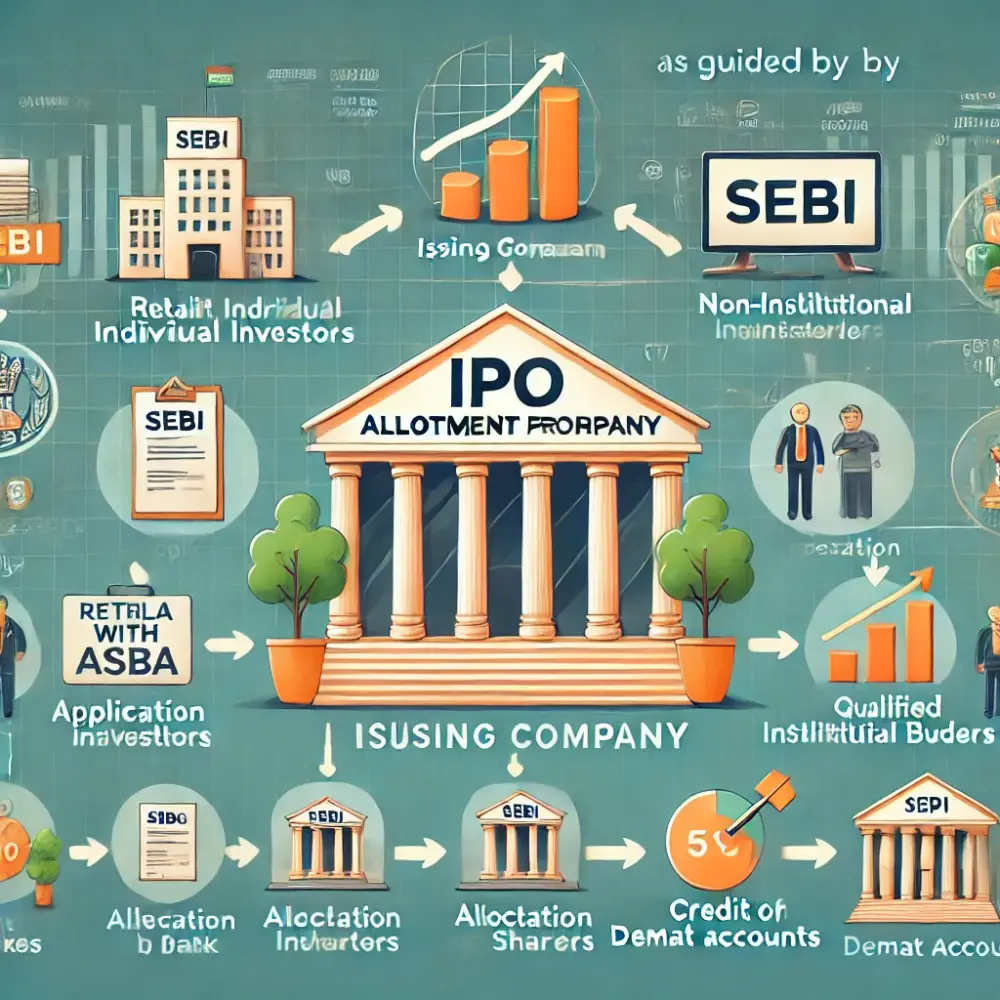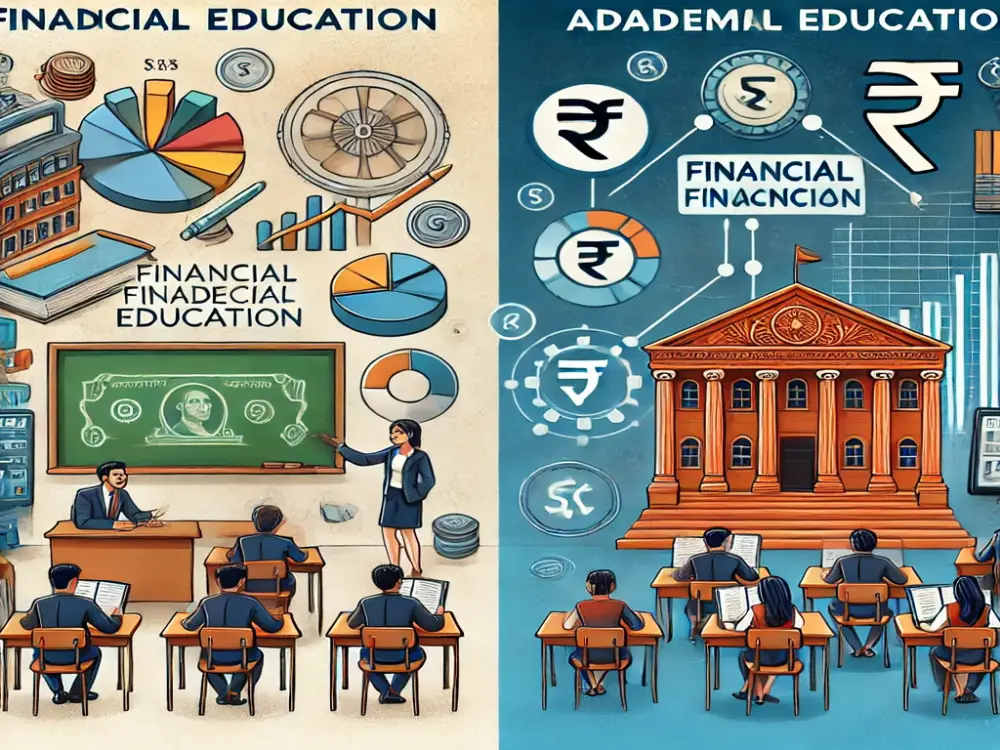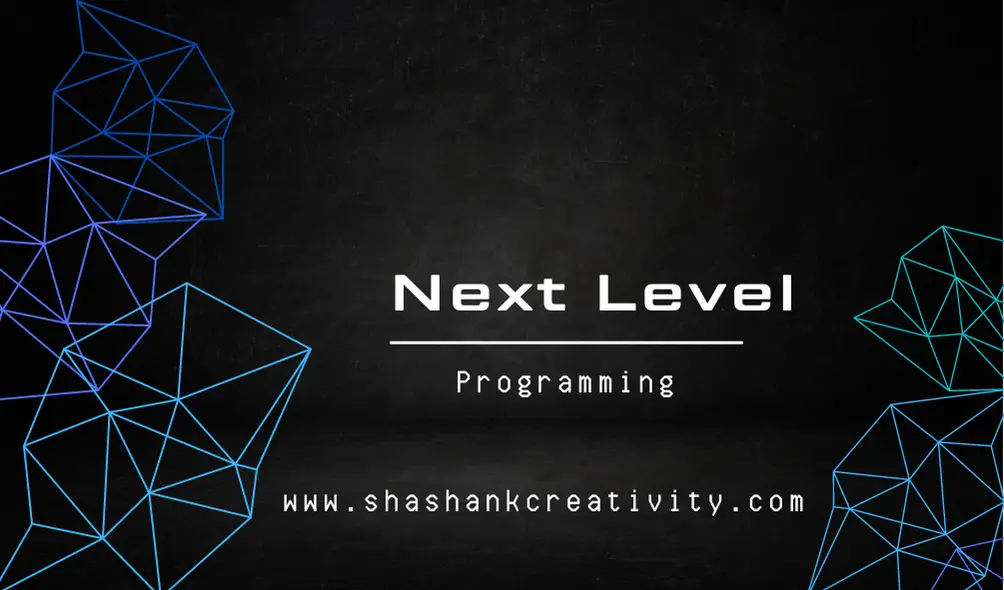What is unsupervised learning

What is unsupervised learning
Explain unsupervised learning
Unsupervised learning is a type of machine learning in which an algorithm is trained on unlabeled data. Unlike supervised learning, where the algorithm is provided with labeled data and a target variable to predict, unsupervised learning works with unstructured data and aims to find patterns and relationships within the data without prior knowledge of the output.
The goal of unsupervised learning is to identify similarities or differences between data points and group them into clusters or patterns. The algorithm is left to explore and identify the underlying structure of the data on its own without any external guidance.
Some popular algorithms used in unsupervised learning include K-means clustering, principal component analysis (PCA), and association rule mining.
Applications of unsupervised learning include anomaly detection, data compression, and recommendation systems. For example, clustering algorithms can group similar products or customers to assist with marketing strategies, while PCA can reduce high-dimensional data to a lower-dimensional space for easier visualization.
Unsupervised learning is useful in situations where labeled data is not readily available, and can provide valuable insights into the underlying structure of large and complex datasets.
Example of unsupervised learning
There are several examples of unsupervised learning applications across various industries:
1. Clustering: One common application of unsupervised learning is clustering, which involves grouping data points with similar characteristics into clusters. This technique is used in customer segmentation, fraud detection, and image segmentation, among others.
2. Anomaly detection: Unsupervised learning algorithms can be used to detect unusual patterns or outliers in data. This is useful in detecting fraudulent activities or identifying equipment malfunctions in industrial settings.
3. Association rule mining: This technique involves identifying relationships within datasets to find patterns and associations. It is commonly used for market basket analysis to identify products that are frequently bought together.
4. Dimensionality reduction: Unsupervised learning algorithms can be used to reduce high-dimensional data to a lower-dimensional space while preserving important information. This is useful for visualizing complex datasets or speeding up computational efficiency.
5. Generative models: These models learn the underlying structure of the data and can be used to generate new samples that are similar to the original dataset. This is useful in image and speech recognition, as well as natural language processing.
Unsupervised learning is a powerful tool for uncovering hidden patterns and relationships in large and complex datasets, and can be applied across a wide range of industries and use cases.
what unsupervised learning can do in practical life
Unsupervised learning has several practical applications in various industries and areas of life. Some of these include:
1. Healthcare: Unsupervised learning can be used to analyze medical data and discover patterns that can be used to develop effective treatments or identify trends in patient health.
2. Fraud detection: Unsupervised learning algorithms can help detect fraudulent activities by analyzing large volumes of data and identifying unusual or suspicious activity.
3. Retail: Retail businesses can use unsupervised learning to segment customers into groups based on their shopping behavior, preferences and demographics. This can be used to personalize product recommendations, improve marketing strategies and optimize inventory management.
4. Finance: Unsupervised learning is used in risk management to identify patterns that could lead to credit card fraud, risky loans or other types of financial fraud.
5. Natural language processing: Unsupervised learning algorithms can be used to identify the underlying structure of language by analyzing large volumes of text data. This is used in sentiment analysis, machine translation and speech recognition technologies.
Overall, unsupervised learning can help organizations to uncover new insights and hidden patterns in data, leading to more effective decision-making and improved operational efficiency. It has a wide range of applications in various fields, and its importance is expected to grow with the increasing amount of data being generated in today's digital world.




